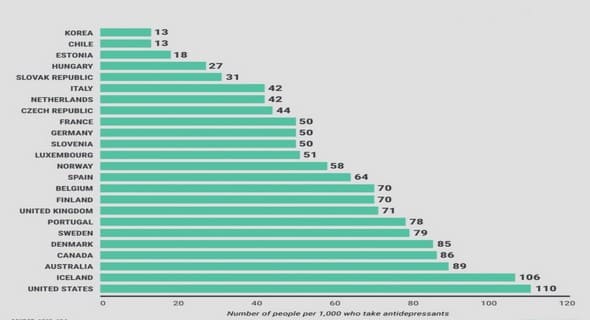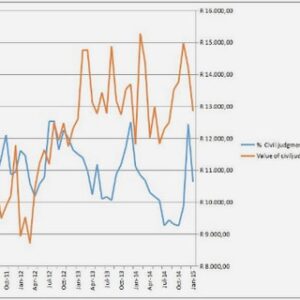(Downloads - 0)
For more info about our services contact : help@bestpfe.com
Table of contents
PART I PREPARATION FOR THE EXPLORATION
1.1 THE CONTEXT: A SPATIAL JOURNEY
1.2 RESEARCH OBJECTIVE OF THE DISSERTATION
1.3 RESEARCH OUTLINE: A MISSION STATEMENT
PART II THEORETICAL FOUNDATIONS
2.1 IT STARTS WITH INNOVATION
2.1.1 Innovation: A definition
2.1.2 The Innovation Process
2.1.3 The Scope of this Research
2.2 CLARIFYING A FUZZY CONCEPT: THE FUZZY FRONT-END
2.2.1 A Multitude of Definitions
2.2.2 One Size Does Not Fit All
2.2.3 Removing the Fuzziness: A Conclusion
2.3 THINK ‘FUZZY’ – ACT GLOBALLY
2.3.1 Thinking International at the FFE: A Literature Review
2.3.2 Across Borders: International Management
2.3.3 The Research Question: A Paradox
PART III THE SETTING
3.1 EPISTEMOLOGICAL FOUNDATIONS
3.1.1 A Variety of Paradigms
3.1.2 Exploration vs Testing: Grounded Theory
3.1.3 Content vs Process Research
3.2 A CASE STUDY DESIGN
3.2.1 Case Studies: A Typology
3.2.2 The Phases of the Case Study
3.2.3 The Units of Analysis
3.2.4 Data Collection
3.2.5 Methods of Analysis
3.3 THE FIELD CONTEXTS
3.3.1 BÜRKERT – Fluid Control Systems
3.3.2 Data Collection at BÜRKERT
3.3.3 Replication Case Studies
3.4 CONCLUDING REMARKS
PART IV THE PROXIS-TELESCOPE
4.1 ORGANIZATIONAL PROXIMITY
4.1.1 Theoretical Specifications
4.1.2 Results
4.1.3 Analysis
4.1.4 Discussion
4.1.5 Concluding Remarks
4.2 SOCIAL PROXIMITY
4.2.1 Theoretical Specifications
4.2.2 Results
4.2.3 Analysis
4.2.4 Discussion
4.2.5 Concluding Remarks
4.3 COGNITIVE PROXIMITY
4.3.1 Theoretical Specifications
4.3.2 Methodological Specifications
4.3.3 Results
4.3.4 Analysis
4.3.5 Discussion
4.3.6 Concluding Remarks
4.4 DISCUSSION: COMPLETE THE PROXIS-TELESCOPE
4.4.1 What About the Positioning of the Lenses?
4.4.2 How To Know Where to Look in the Sky?
4.4.3 Which Part of the Telescope Should Be Improved as Priority?
PART V DYNAMIC EXTENSION OF THE PROXIS-MODEL
5.1 PROXIMITY AND GROWTH
5.1.1 Theoretical Specifications
5.1.2 Methodological Specifications
5.1.3 Results
5.1.4 Analysis
5.1.5 Discussion
5.1.6 Concluding Remarks
5.2 THE FFE AT THE REPLICATION CASES
5.2.1 3D PLUS: About Innovation in Space and Space in Innovation
5.2.2 Participative Innovation at ELECTRO
5.3 CROSS-CASE COMPARISON
5.3.1 Analysis
5.3.2 Discussion
5.3.3 Concluding Remarks
PART VI BACK TO EARTH – GENERAL CONCLUSION
6.1 RÉSUMÉ OF THE THESIS
6.1.1 General Structure of the Thesis
6.1.2 Empirical Findings
6.2 CONTRIBUTION
6.2.1 Theoretical Contributions
6.2.2 Managerial Contributions
6.3 OUTLOOK OF THE THESIS
6.3.1 Restrictions of the Framework
6.3.2 Extensions for Future Research
PART VII RESUME DE LA THESE
PARTIE I : LE POINT DE DÉPART
PARTIE II : LE CADRE THÉORIQUE
Chapitre 2.1 : L’Innovation
Chapitre 2.2 : Le Fuzzy Front-End et les Innovations Discontinues
Chapitre 2.3 : Une Approche Internationale du Fuzzy Front-End
PARTIE III : LES FONDEMENTS MÉTHODOLOGIQUES
Chapitre 3.1 : Les Fondements Epistémologiques
Chapitre 3.2 : La Méthode de la Recherche
Chapitre 3.3 : Les terrains de recherche
PARTIE IV : LE PROXIS-TÉLESCOPE
Chapitre 4.1 : La Proximité Organisationnelle
Chapitre 4.2 : La Proximité Sociale
Chapitre 4.3 : La Proximité Cognitive
Chapitre 4.4 : Discussion du ProxIS-Télescope
PARTIE V : UNE EXTENSION DYNAMIQUE DU PROXIS-MODÈLE
Chapitre 5.1 : La Proximité et la Croissance Organisationnelle
Chapitre 5.2 : Les Cas de Réplication
Chapitre 5.3 : L’Analyse Transversale – Le ProxIS-Modèle Dynamique
PARTIE VI : CONCLUSION GÉNÉRALE
REFERENCES



